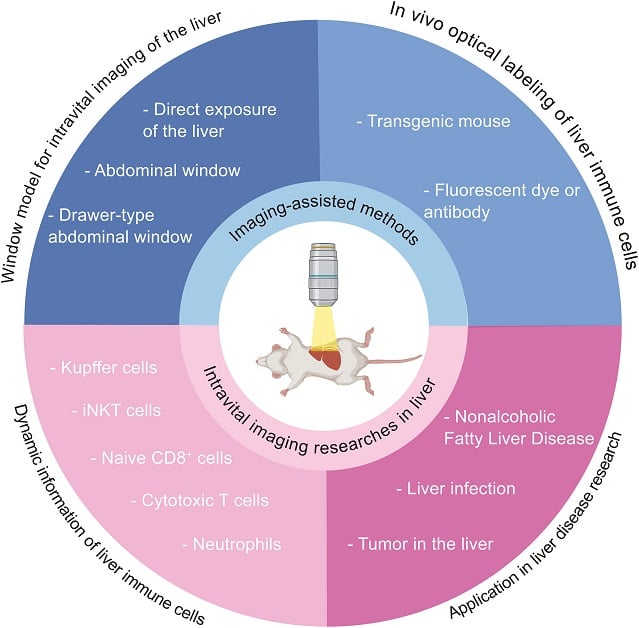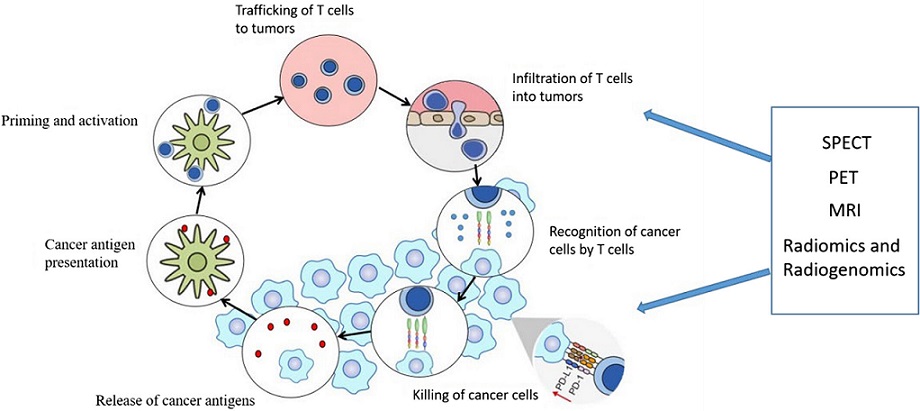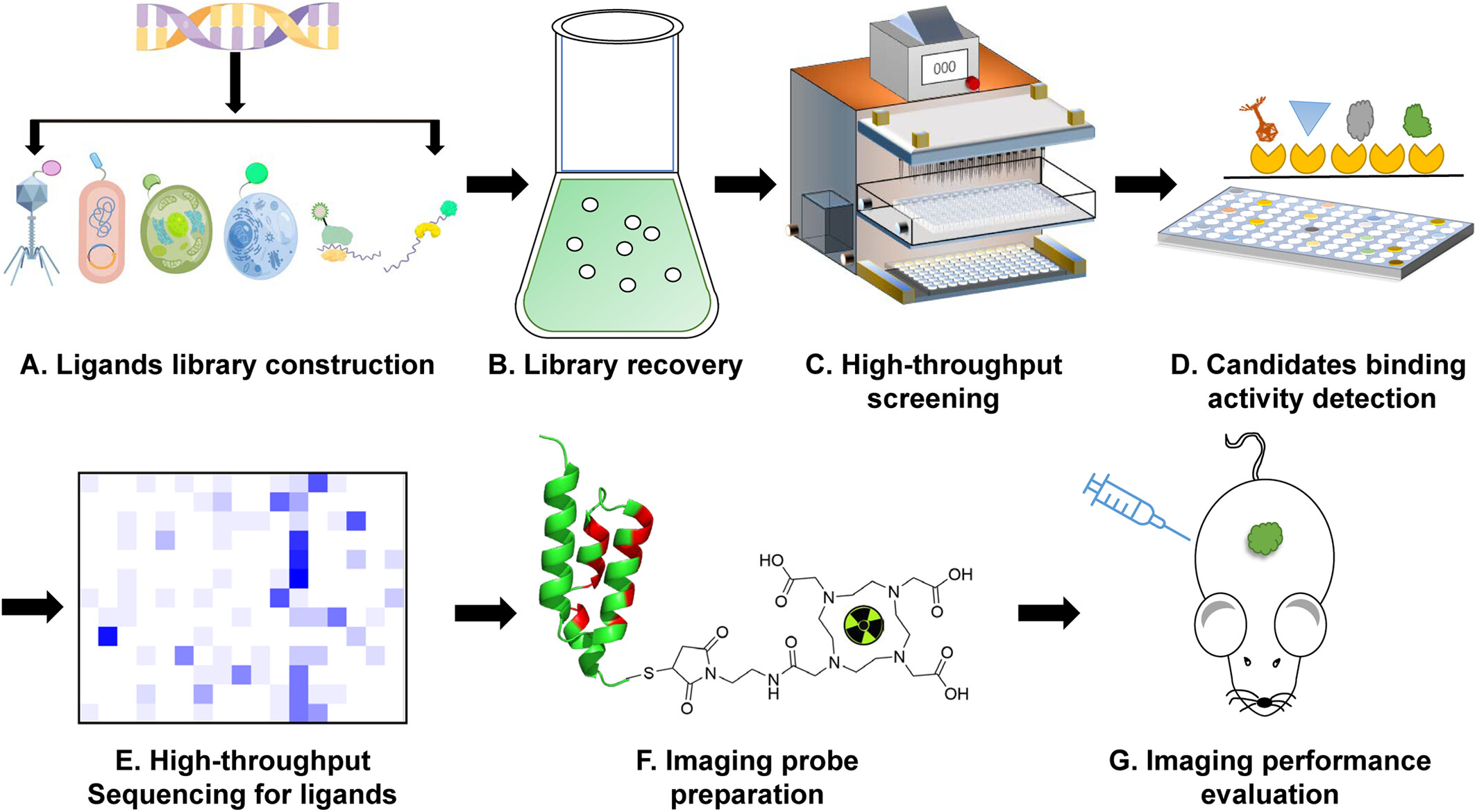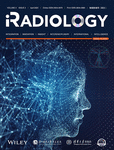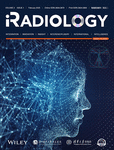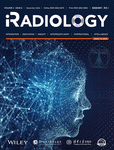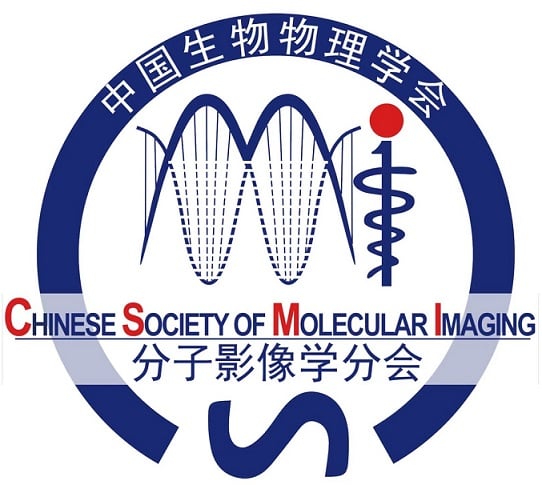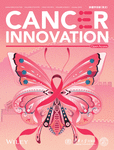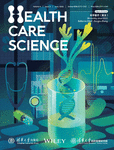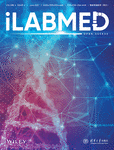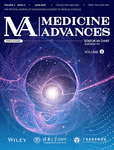Editors-in-Chief: Zhen Cheng & Shi Zuo
Tsinghua University Press
iRADIOLOGY covers all topics involving the development and application of radiology techniques to achieve precision medicine and precision health.
We unite global imaging researchers to provide insight and innovation to enhance the power of radiology in disease diagnosis and management. Your work will contribute to advancing research in biomedical imaging, new technologies, functional and molecular imaging, and relevant fields of artificial intelligence, when you publish in our radiology journal.
Journal Metrics
- 1.2CiteScore
- 74%Acceptance rate
- 20 days Submission to first decision

The bells of 2024 have rung. Welcome to read the new year greetings from the Editor-in-Chief of iRadiology.
Articles
AI‐Enhanced Predictive Imaging in Precision Medicine: Advancing Diagnostic Accuracy and Personalized Treatment
- 11 July 2025
Graphical Abstract
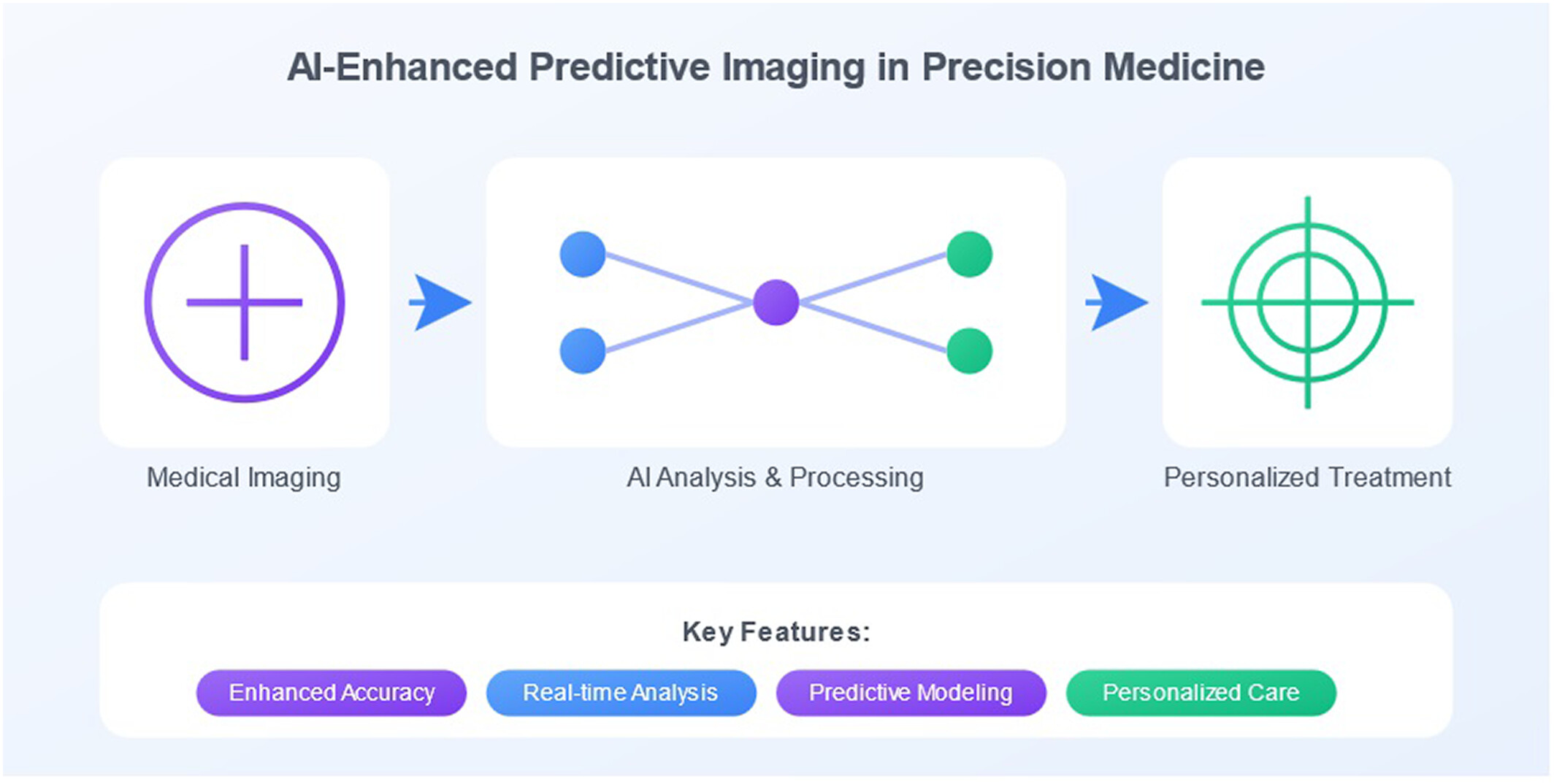
Schematic showing the process of AI-assisted medical imaging. After symptom onset, the patient consults a doctor who recommends imaging. Image data are collected and processed using traditional or faster AI-based methods. The AI-enhanced images assist the radiologist in diagnosis and improve health outcomes.
Development of a Joint Prediction Model for Assessing the Severity of Hypertriglyceridemia‐Induced Acute Pancreatitis
- 9 July 2025
Graphical Abstract
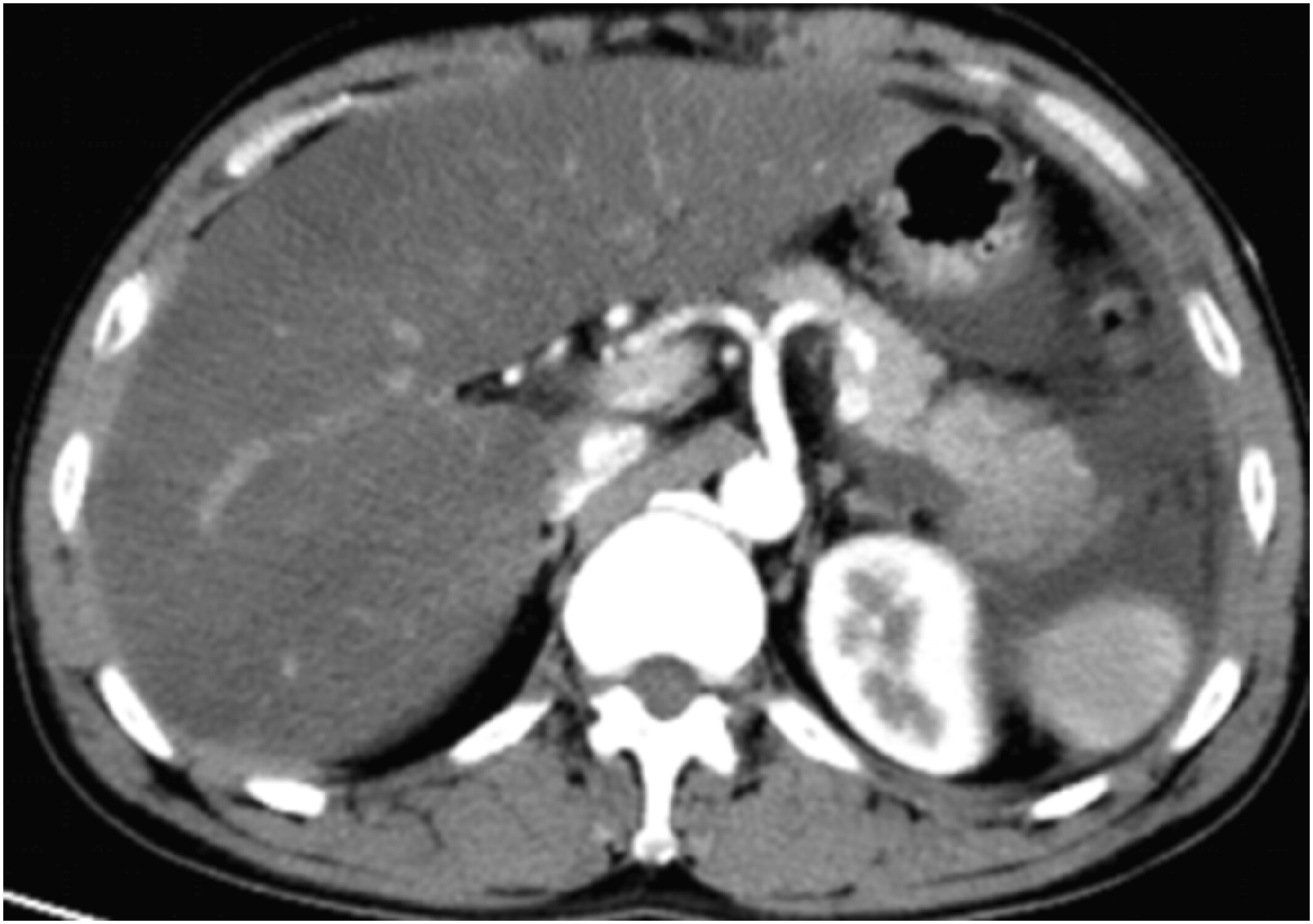
We found that the joint prediction model was better than the total cholesterol, low-density lipoprotein cholesterol, modified computed tomography severity index score and liver computed tomography value, alone in assessing the performance of non-mild hypertriglyceridemia-induced acute pancreatitis, which can predict the severity of hypertriglyceridemia-induced acute pancreatitis at an early stage and provide a basis for timely and reasonable treatment for patients.
Bridging Clinical Knowledge and AI Interpretability in Thoracic Radiology
- 25 June 2025
Bridging Gaps in Ultrasound‐Guided Care: Physician Attitudes, Training, and Technological Frontiers
- 23 June 2025
The following is a list of the most cited articles based on citations published in the last three years, according to CrossRef.
Bioresponsive fluorescent probes active in the second near‐infrared window
- 36-60
- 23 March 2023
Graphical Abstract
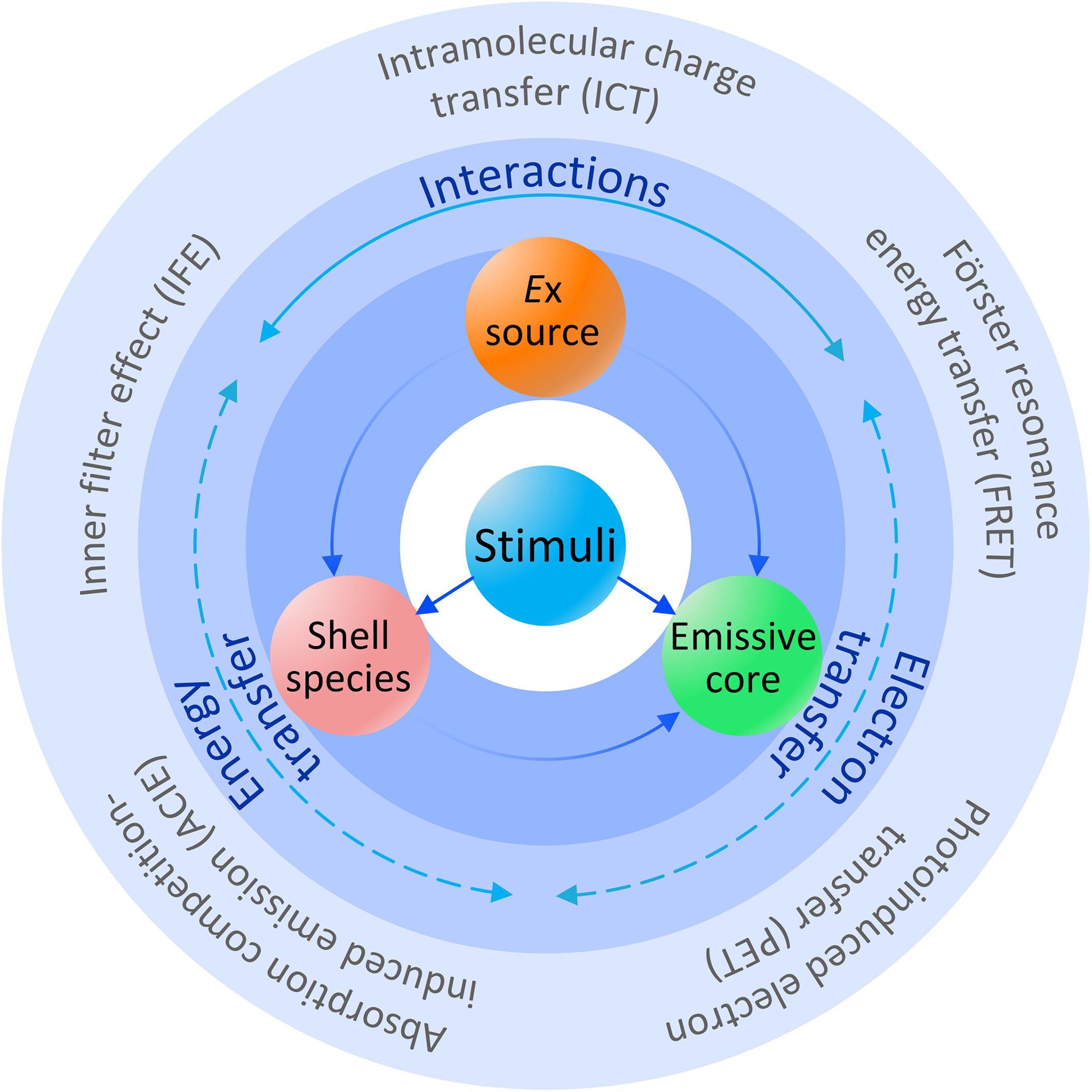
Bioresponsive fluorescent probes in the second near-infrared window, characterized by “off-to-on” emission intensity, ratiometric variations of multiple emission signals, and luminescent mode switching, afford attractive opportunities to prominently protrude targeted tissues to the utmost extent with minimized background interference noises.
Clinical applications, safety profiles, and future developments of contrast agents in modern radiology: A comprehensive review
- 430-468
- 2 September 2024
Graphical Abstract
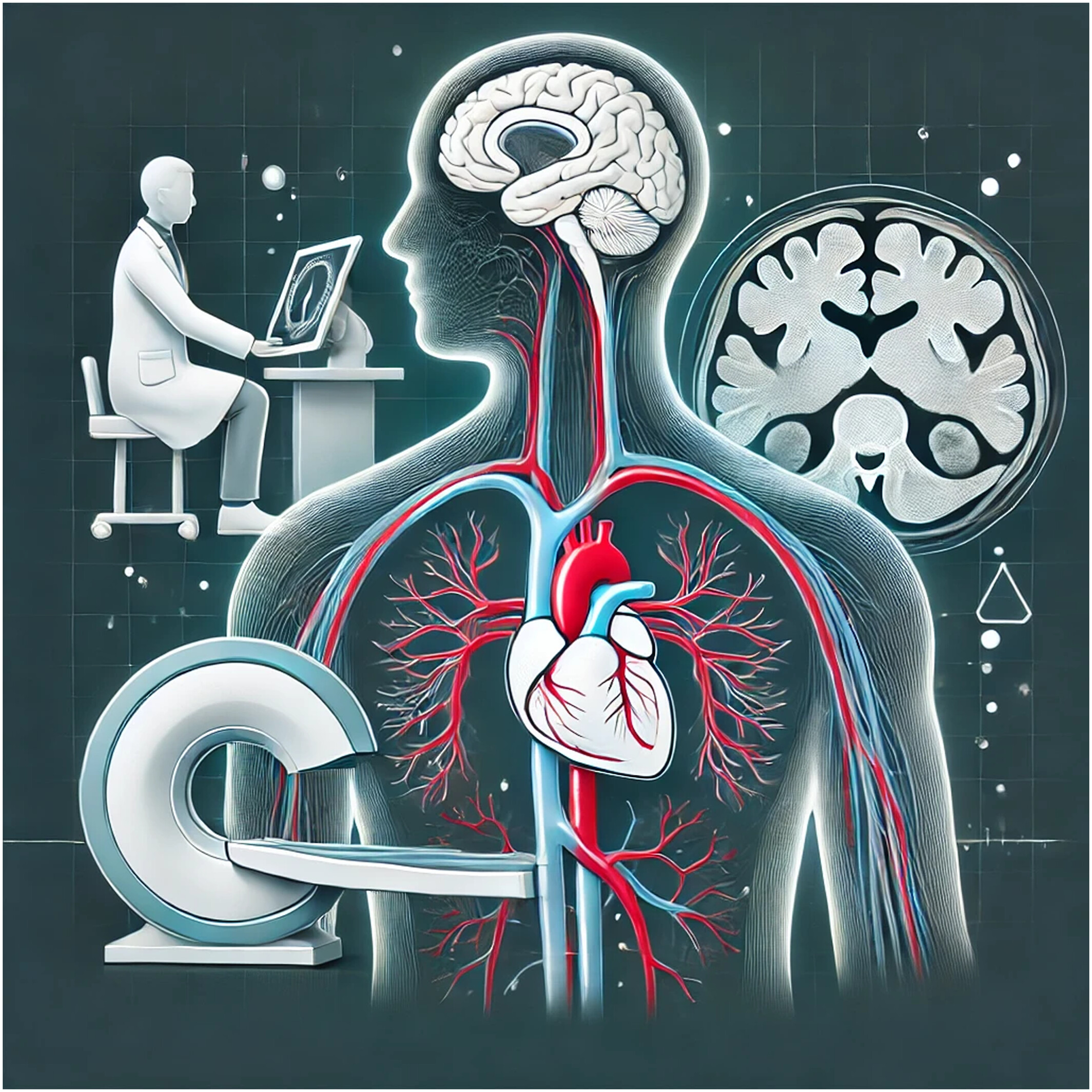
Contrast agents revolutionise medical imaging, enhancing visualisation and diagnostic accuracy across various modalities. This review traces the evolution, properties, and mechanisms of key contrast agents, evaluates their safety profiles, and addresses ethical, environmental, and accessibility issues. Highlighting innovations like targeted agents and AI integration, it provides a comprehensive guide for clinicians, researchers, and policymakers to optimize patient outcomes and future developments.
Molecular imaging for cancer immunotherapy
- 3-17
- 27 March 2023
Graphical Abstract
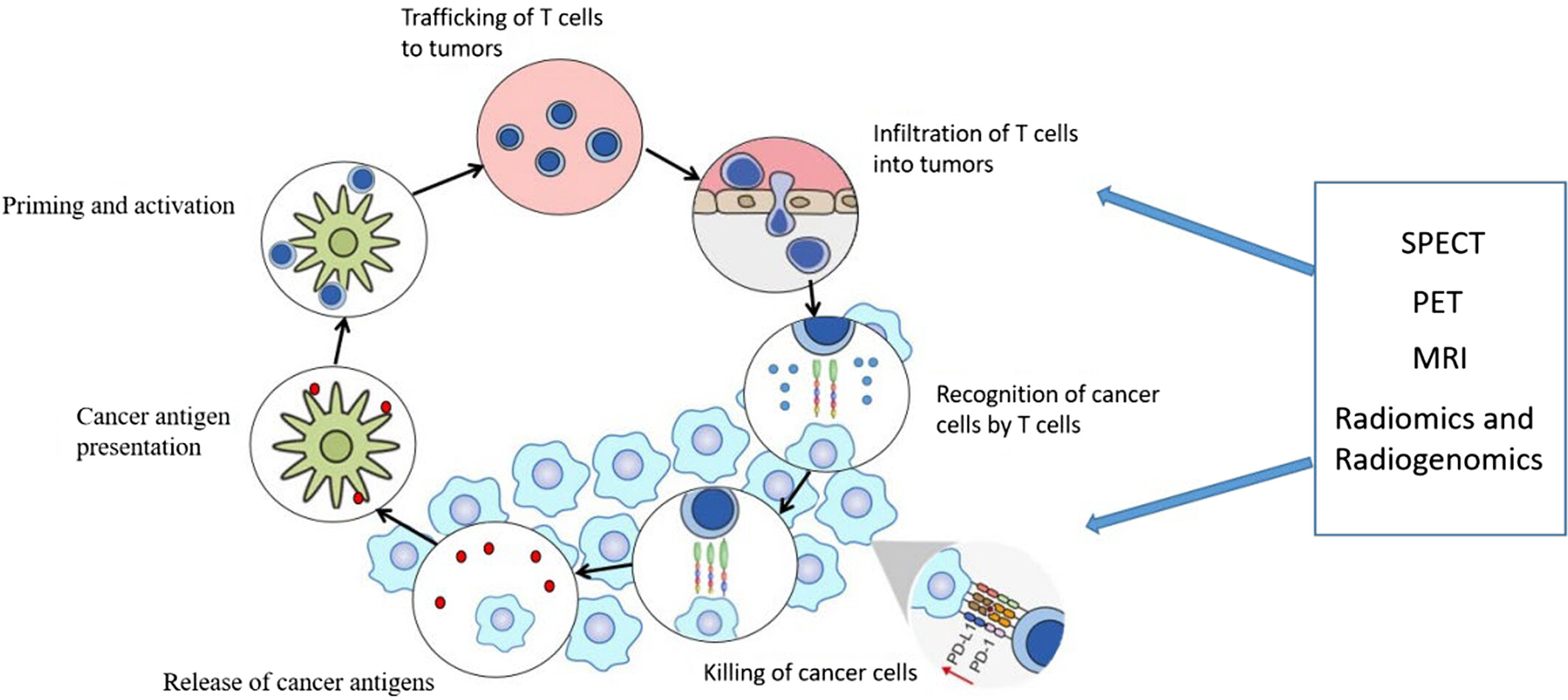
The efficacy of immunotherapy is often affected by tumor heterogeneity. The noninvasive molecular imaging can also monitor the treatment response of tumors, and achieve personalized response assessment, which may lead to perfected clinical management, development of individualized treatments, and reliable prognosis at last. This article reviews recent researches in immunotherapy response assessment, immune T cell imaging, immune checkpoint imaging, and radiomics/radiogenomics in immunotherapy. So far, these studies are primarily exploratory preclinical imaging, and preliminary results indicate that biomarker molecular imaging may play a role in the assessment of immunotherapy, and the principle of selecting patients for immunotherapy based on imaging results is feasible.
High‐throughput screening and biological display technology: Applications in molecular imaging
- 18-35
- 27 March 2023
Natural Language Processing for Chest X‐Ray Reports in the Transformer Era: BERT‐Like Encoders for Comprehension and GPT‐Like Decoders for Generation
- 6 January 2025
Graphical Abstract
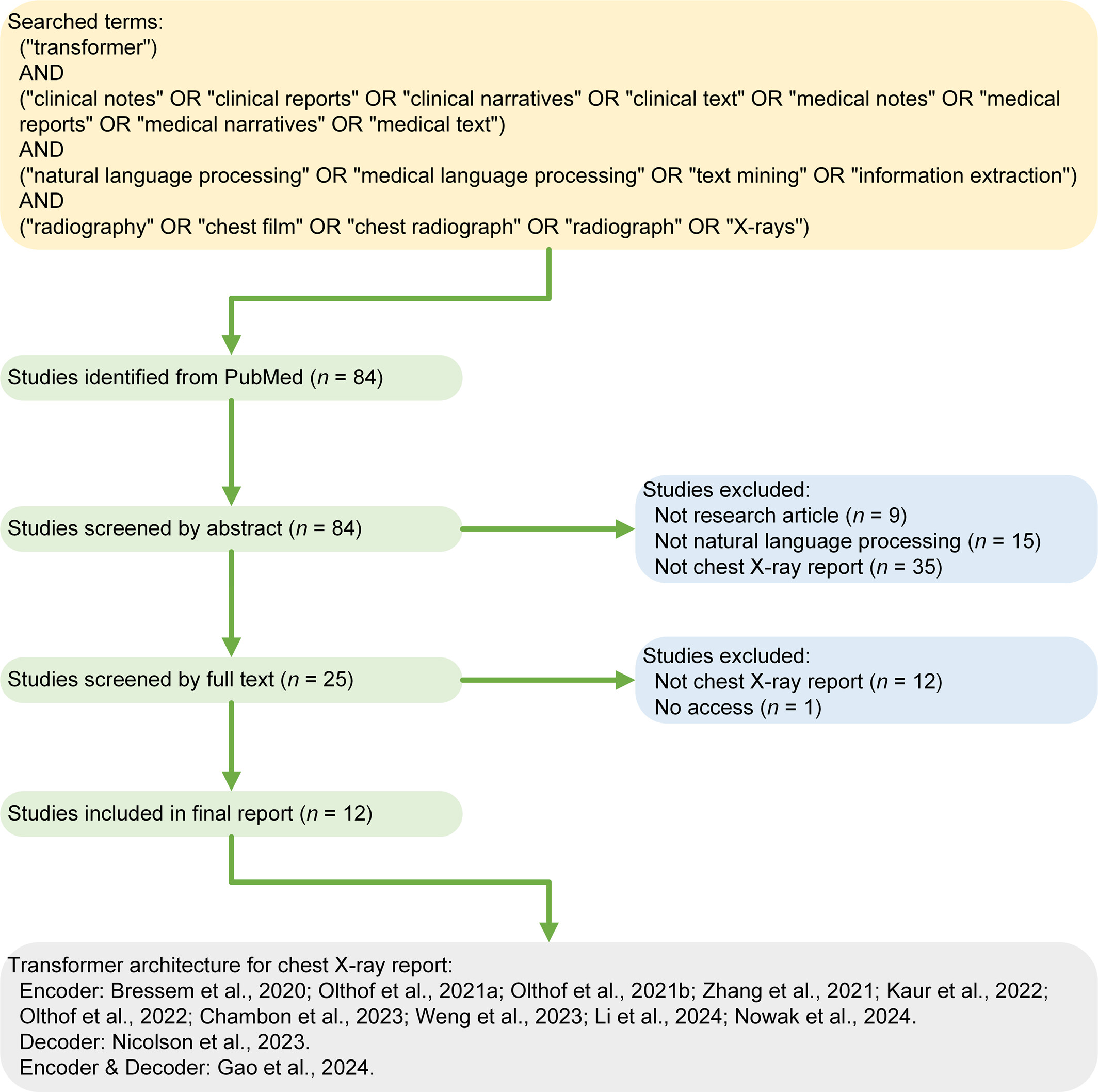
We conducted a comprehensive literature search in PubMed to illustrate the current landscape of transformer-based tools from the perspective of transformer's two integral components: encoder exemplified by BERT and decoder characterized by GPT. Also, we discussed adoption barriers and potential solutions in terms of computational burdens, interpretability concerns, ethical issues, hallucination problems, malpractice, and legal liabilities. We hope that this commentary will serve as a foundational introduction for radiologists seeking to explore the evolving technical landscape of chest X-ray report analysis in the transformer era.
Latest news
Recent issues
- Volume 3, Issue 3
Themed Section: Fetal imaging, maternal and children imaging
183-252June 2025Guest Editor(s):
Su-Zhen Dong, Liqun Sun, Lianxiang Xiao - Volume 2, Issue 6
THEMED SECTION: Innovation and Application of Artificial Intelligence in Radiology
i-v, 525-608December 2024Guest Editor(s):
Guang Yang, Pinggui Lei





